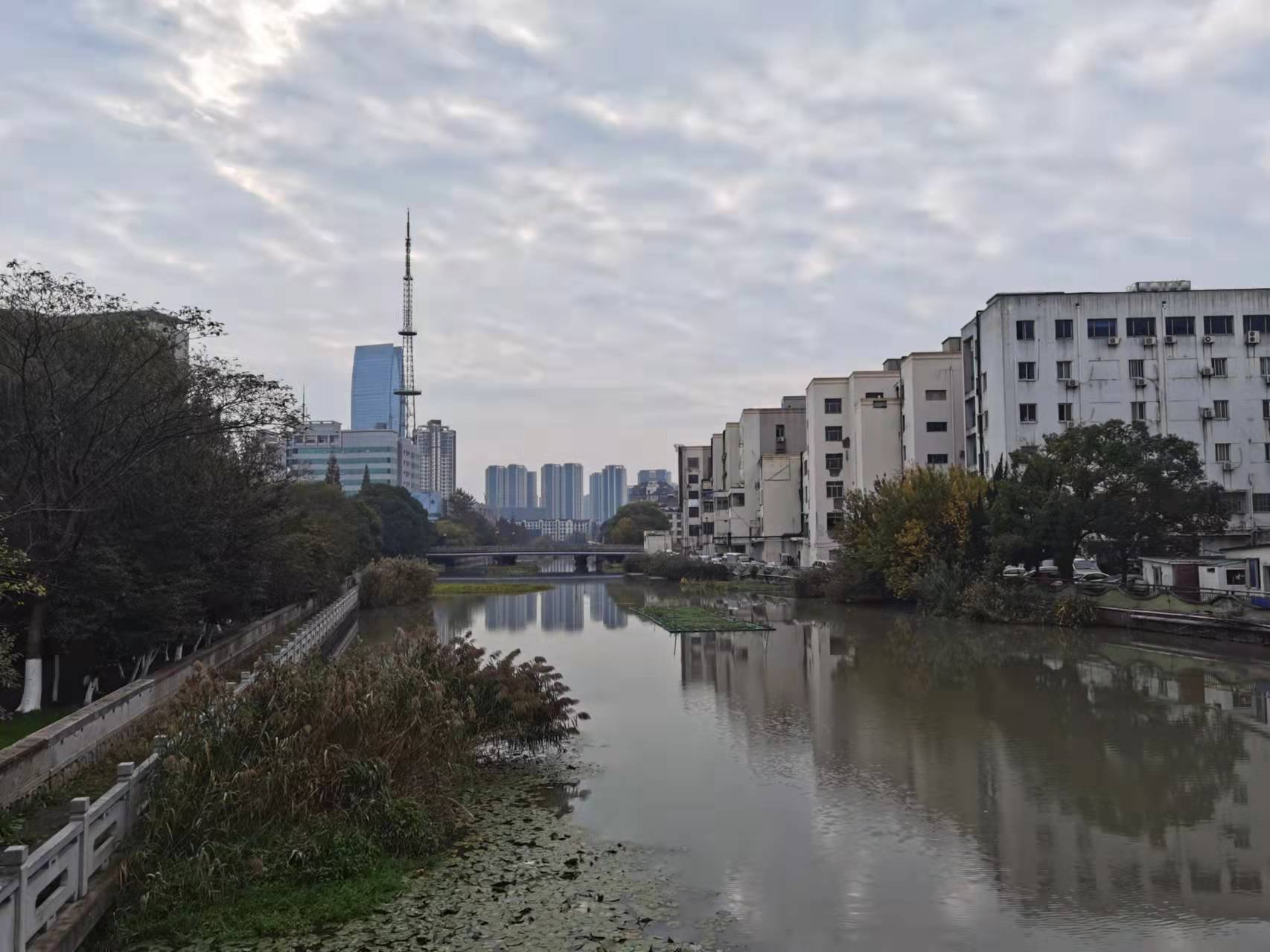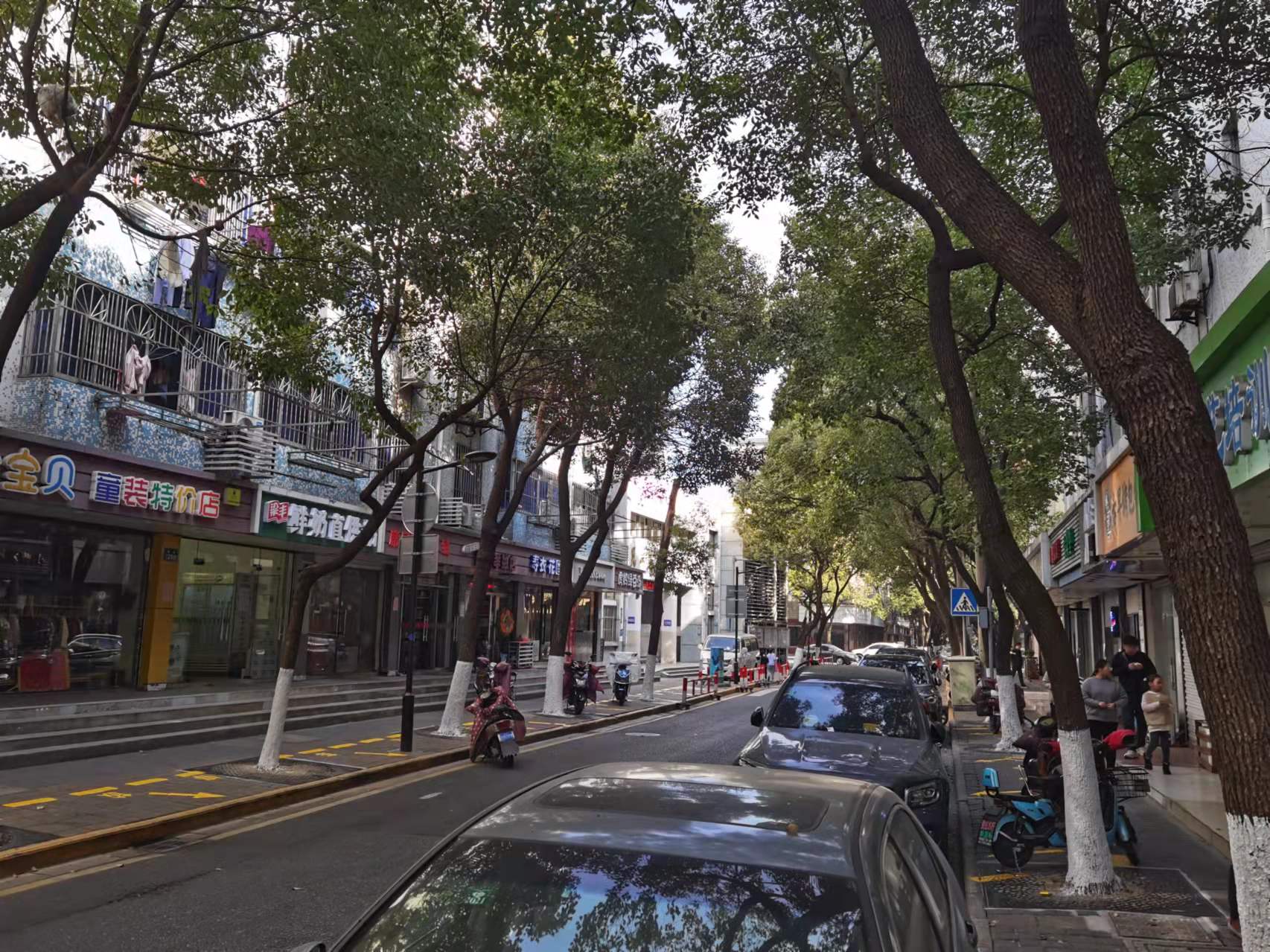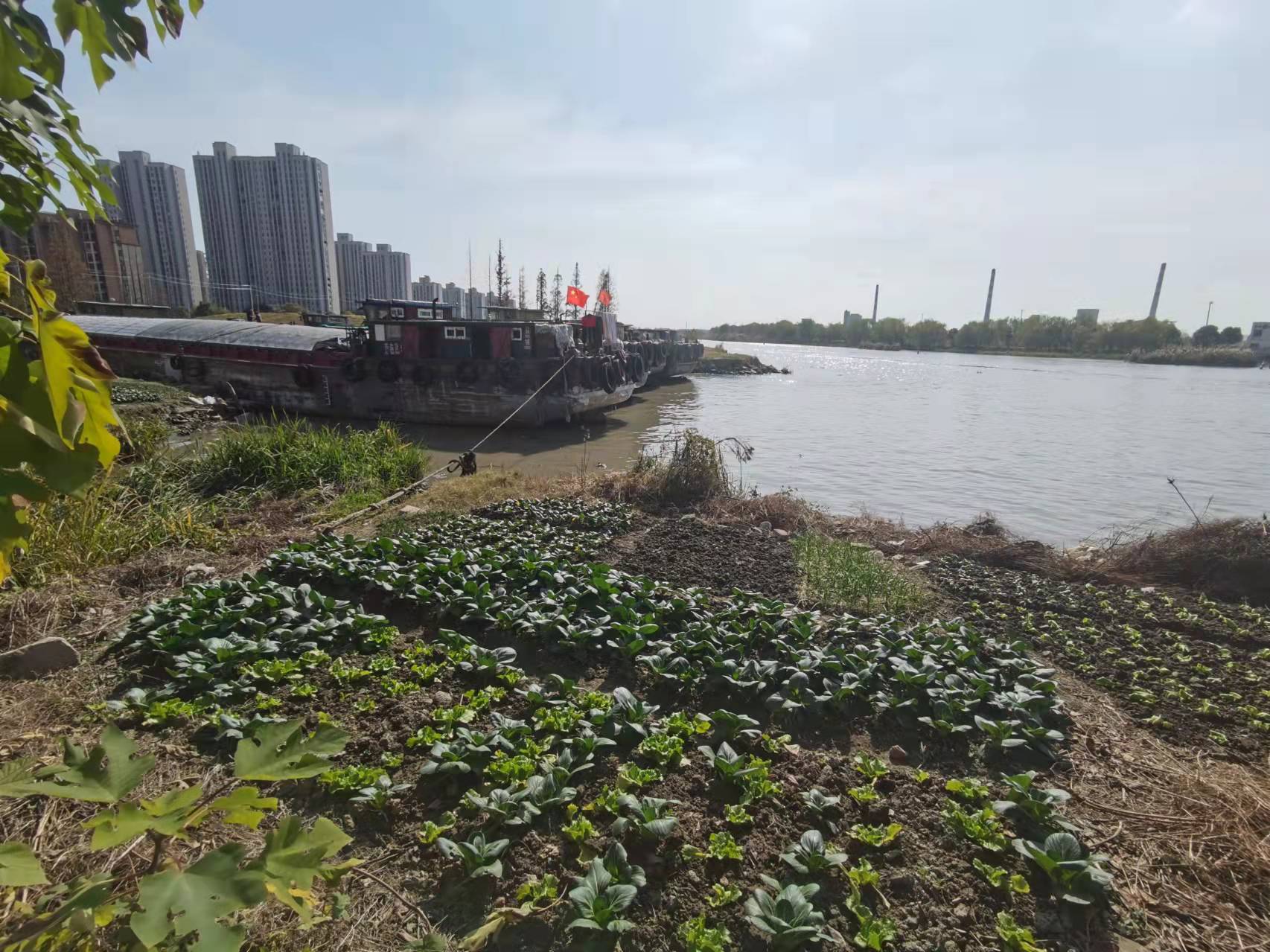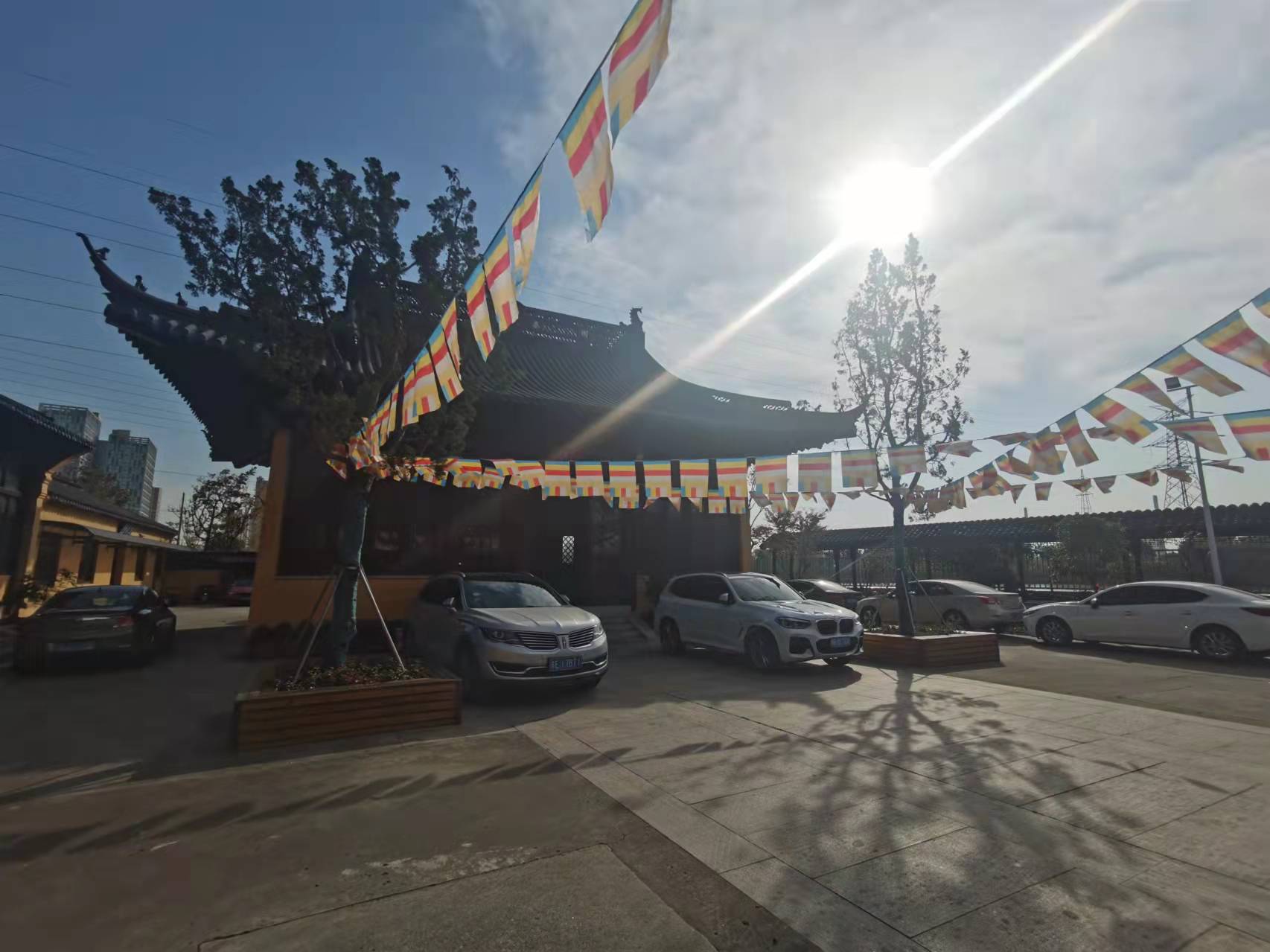Kunshan is where the high-speed way train stops to unload passengers, where people refuel their car, or where an English teacher first starts working in China before realizing there’s nothing to do there and moves to a better place. Kunshan’s biggest benefit is often described as; “well, it’s close to Shanghai”, or; “yeah, there is a Starbucks.”
Kunshan (昆山) sits in the middle of two lauded destinations — Suzhou and Shanghai — yet it seems like the place where nobody wants to be. It’s just for passing through.
Perhaps only Taiwanese businesspeople — called Taishang (台商) — have voluntarily settled. Kunshan, like Dongguan (东莞), is where rich Taiwanese factory bosses or managers, away from their wives, spend all night swiping right on Tinder or Tantan — where their kids go to school or ride Ferrari’s — where nepotism and family ties reign over cheap labor. Not all Taiwanese are rich, neither are all rich people in Kunshan from Taiwan, but there are no poor Taiwanese people in Kunshan.
Kunshan has historical roots too: Two renovated water towns, and an old remade city wall. Museums show miniature models of a romanticized past of warriors and more city walls. But of course, the city’s main feat of strength is Kunqu opera (昆曲), even though it half originates from the nearby port city of Taicang (太仓). Some centuries ago, the Taicang singing techniques merged with songs of Kunshan, and Kunshan opera was formed. And because all the real historical buildings in Kunshan have either been eroded by time or razed by bulldozers, the city grabs hold of this ethereal piece of culture to prove its significance.
But every city in the world has its own flavor, each making its claim to why it matters on this globe. Apart from all this above, Kunshan seems normal. It’s just there.

The future smells like coffee and freshly baked baguettes
Yet despite its anonymity, Kunshan is pretty well-developed, much more than a Danyang or Jiangshan. And it’s a much better gauge on life in China than Shanghai, because the majority of Chinese people live in tier 3 or tier 4 cities like Kunshan. There are almost 700 similar cities in mainland China. And in those cities, it is significant to have a Starbucks or a high-speed rail station. From this point of view, Kunshan does show a glimpse of what is in store for a huge part of China.

We were drinking coffee in a tiny independent coffee shop (Wave coffee, or ‘大波浪’) when the guy next to me told us:
“It’s only 10 years since Starbucks was here, but in the past few years these specialty coffee stores opening everywhere. This district has forty of them now. Not all people like coffee, people add a lot of sugar, but then later they like it also without sugar. Maybe.”
On his phone he showed us pictures of bread and cakes he had baked: “I make French baguettes. It also takes some getting used to maybe, not everyone’s teeth are good enough for it. But also many bakeries cannot make them right, they bake them too hard.”
And that’s the miracle. Another Nike store in Shanghai does not impress me, but a guy in Kunshan talking about how to make the perfect baguette crust does.
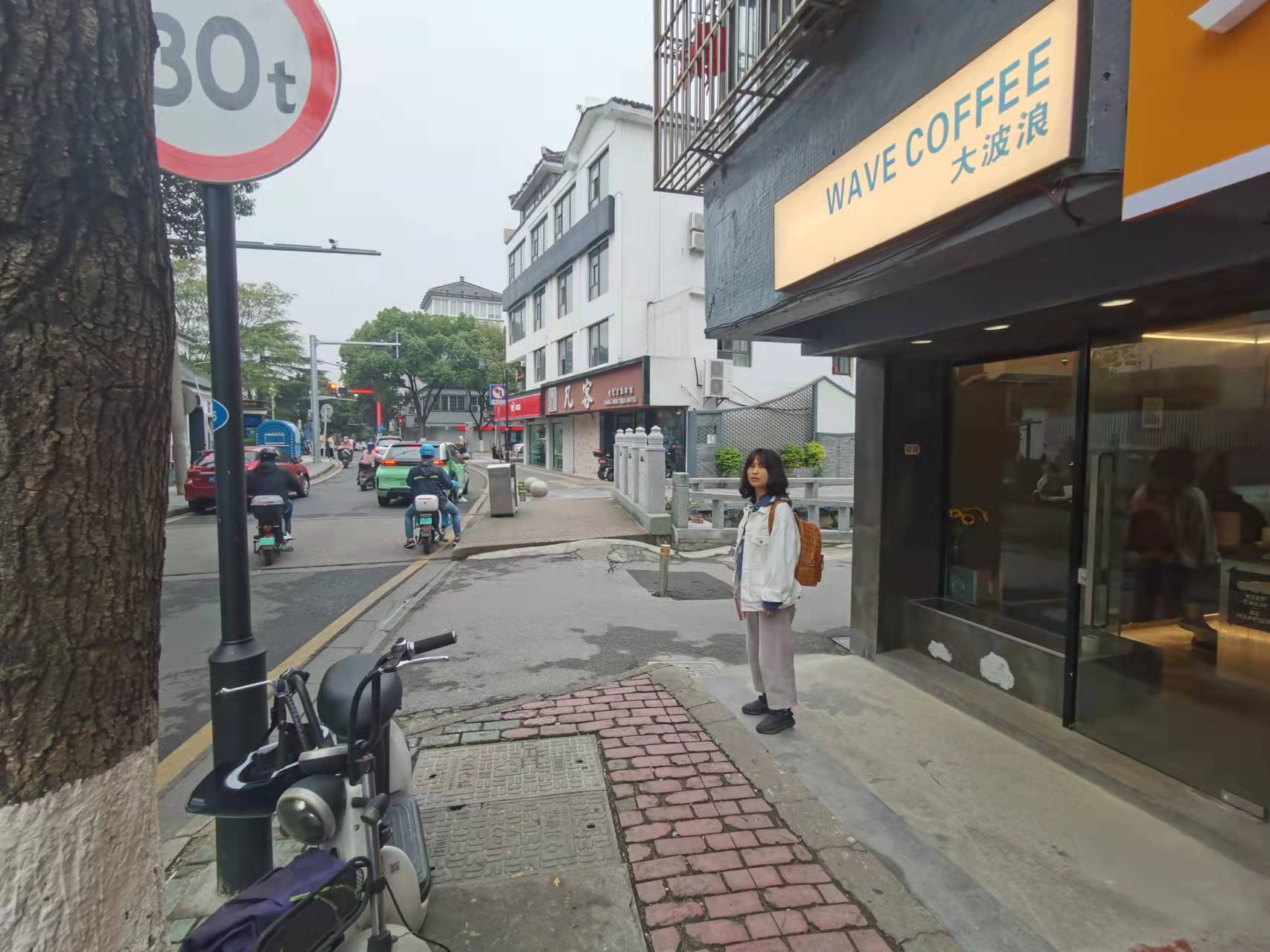
On Saturday night we walked into a huge new park and playground. And it’s fantastic. There was square dancing, people playing instruments, badminton, jumping rope, or just relaxing on the side. Joggers ran a running track, with the infield made for football which was occupied by multiple teams. The whole city flowed into this place, bordered by a theatre hall, international hotels, and shopping malls with underground parking.

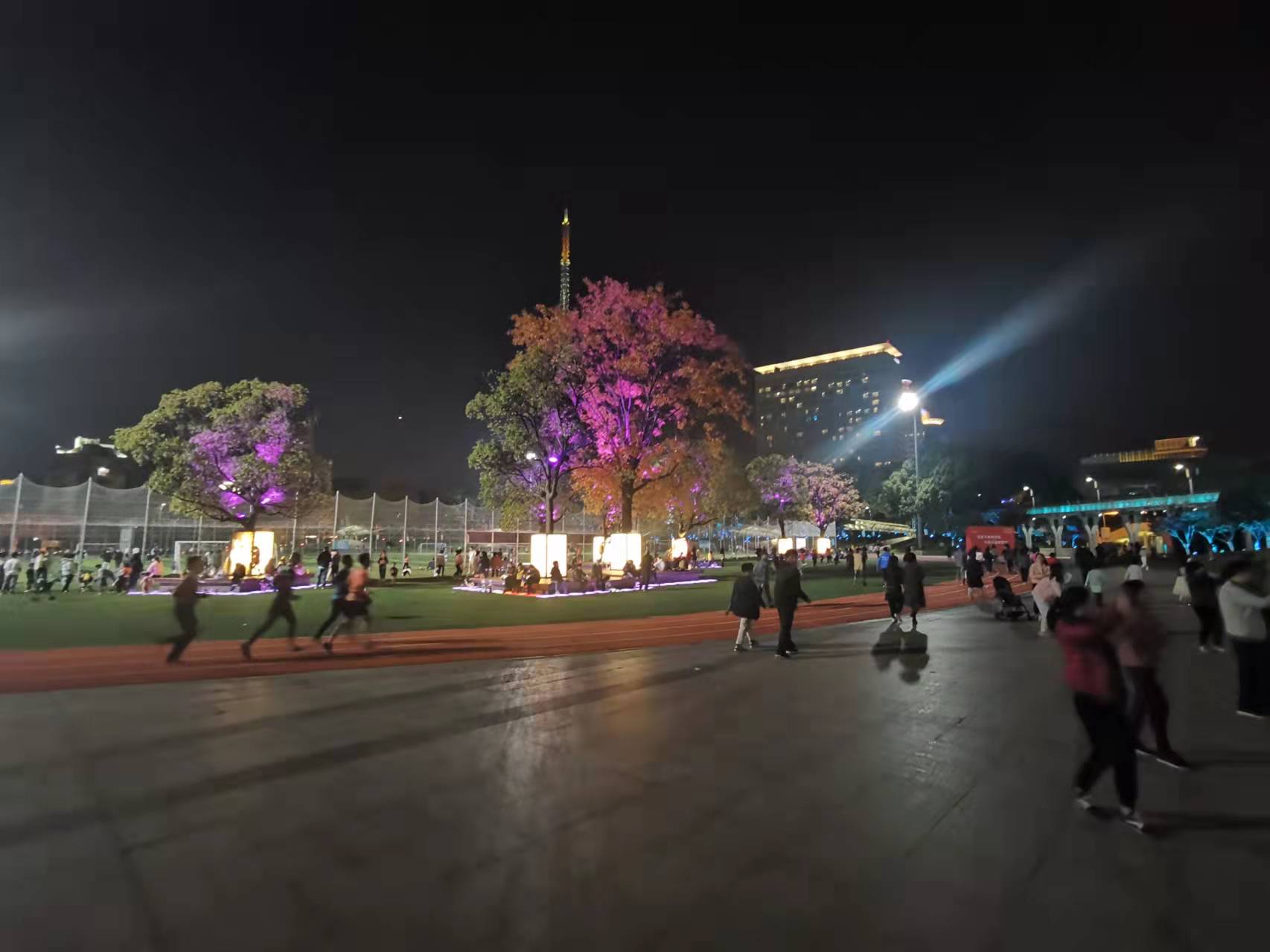
Not the whole of Kunshan is as developed as this, but cities are like the portfolio of an artist, in that it is never replaced as a whole, only in parts. The further away from the center, the more Kunshan looked like other lower-tier cities I’ve been to. These may appeal more to foreigners, although by no means are these old parts of Kunshan beautiful like the Beijing hutong‘s or Shanghai longtang‘s.
Walking around Kunshan you can see the change, and that change is coffee, brand clothes, car dealers — new high-rise building blocks with modern facilities — new musea and sports facilities — wider roads for SUV’s and parking lots with chargers for EV’s. Older generations wouldn’t go to a gym, even if their city would have it. But young China does. Underground, a subway to connect the city is being built.
It’s these new parts of Kunshan that tell of China’s future. I’m assuming you read this from a tier-1 city in China, or from a Western country, and this may not seem much to you — but for a huge part of China it will. They add a bit of sugar and they like it. Maybe.

